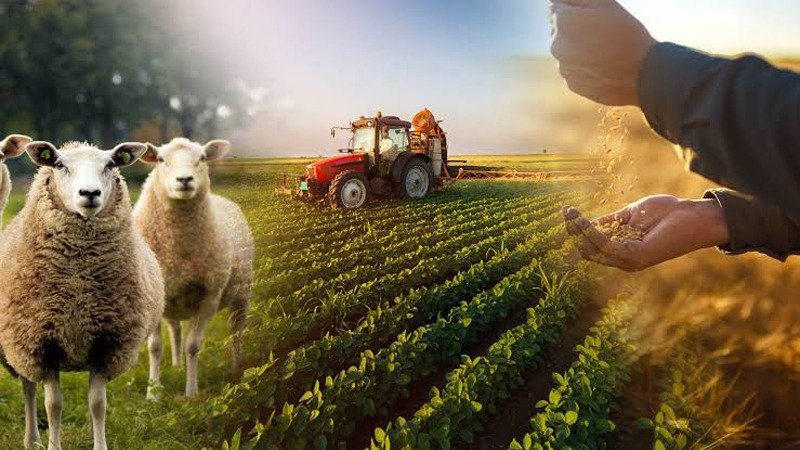Precision agriculture (PA) is an emerging trend in agriculture that uses advanced tools to enhance crop production while reducing waste, water usage, and environmental effects.

Precision agriculture (PA) is an emerging trend in agriculture that uses advanced tools to enhance crop production while reducing waste, water usage, and environmental effects. This growing discipline offers a substantial departure from traditional farming approaches, which rely mainly on guessing and intuition.
PA employs data-driven insights to assist farmers in making more educated decisions, resulting in higher crop yields, enhanced efficiency, and lower costs. In the 1980s, when the first GPS systems were launched, the idea of precision agriculture first originated.
Farmers were able to accurately map their farms and have a better understanding of crop diversity because of this technique. With the creation of novel innovations like drones, sensors, and machine learning algorithms throughout the years, precision agriculture has continued to advance.
Benefits: Precision agriculture‘s primary purpose is to enhance crop production. Farmers can acquire insights about the health and growth of their crops by utilizing data analytics and other techniques. This data can then be used to alter other elements such as irrigation, fertilization, and pest management to ensure that crops receive the appropriate amount of nutrients and water at the appropriate time.
Precision farming, for instance, enables farmers to spot fields that are under stress or have nutritional deficits. Farmers can use this knowledge to target specific areas with the right quantity of fertilizer or other inputs, rather than treating the entire field uniformly.
This focused approach not only helps to enhance crop production but also lessens waste and farming’s negative environmental effects. Another significant advantage of precision agriculture is that it saves water.
Agriculture, according to the United Nations, accounts for over 70% of worldwide freshwater withdrawals. Water is becoming an increasingly precious resource, so it is critical to use it wisely. Precision agriculture can assist farmers by giving real-time data on soil moisture levels, meteorological conditions, and plant water needs.
Farmers can use this information to manage their irrigation schedules to ensure that crops receive the appropriate quantity of water, decreasing wastage and conserving water resources.
Precision agriculture also assists in reducing farming’s environmental impact. Conventional farming operations generally depend significantly on fertilizers and pesticides, which can have adverse effects on the environment. Precision farming enables farmers to utilize these resources more wisely, minimizing runoff and pollution in rivers.
Furthermore, by increasing agricultural yields, farmers can reduce the need to clear additional land for farming, which aids in the preservation of natural habitats and biodiversity. Precision agriculture can help customers and society as a whole in addition to farmers, who stand to gain from it. PA can help to provide a steady and ample food supply, lowering food poverty and hunger, by optimizing crop yields and cutting waste.
Also, precision agriculture can lessen the negative effects of farming on the environment and save the world’s natural resources.
Limitation: Although precision farming has numerous advantages, there are also barriers to its implementation. The expense of putting the technology to use is one of the major challenges.
The cost of drones, sensors, and other tools can be high, and many farmers do not have the capacity to purchase them. Farmers may need training and guidance to fully understand how to use new technology because there is a learning curve involved in their adoption.
Internet connectivity is another big issue faced during the adoption of PA technology, which is crucial for the data transfer between sensors and other equipment. Many rural areas where farming is widespread lack the framework essential to support the data transfer required for precision agriculture.
Conclusion : To summarise, precision agriculture is an important transformation in farming practise. Farmers can optimise agricultural yields while reducing waste, water usage, and environmental impact by integrating technology and data analytics. While there are obstacles to its widespread implementation, PA provides numerous benefits, including a more reliable food supply, decreased environmental impact, and increased efficiency. Precision is becoming more important as technology advances.